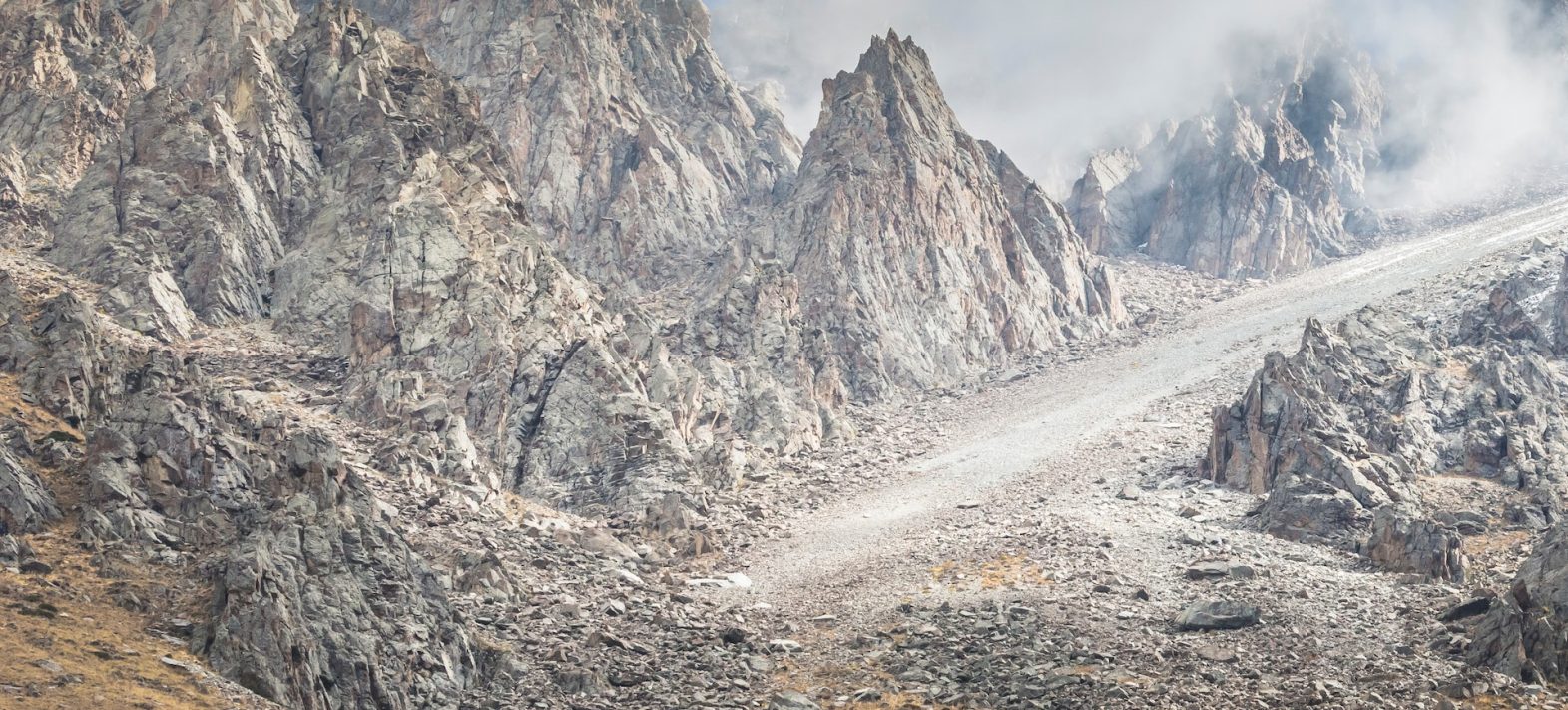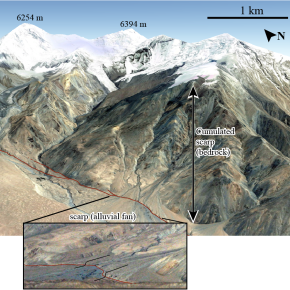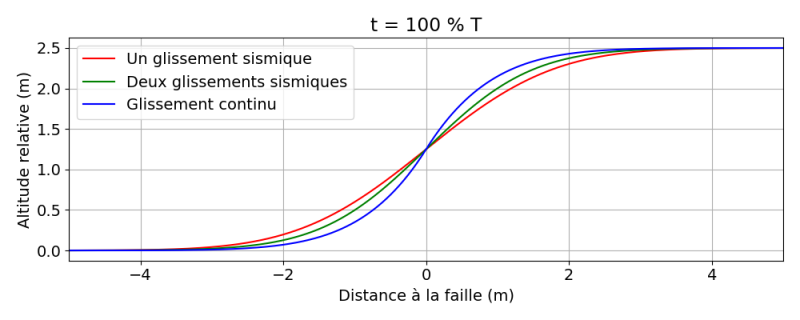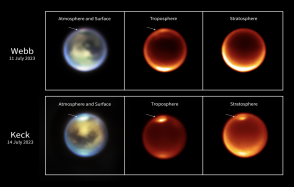The topography of the escarpments allows us to estimate the mode of slip of the faults
Fault slip, particularly during earthquakes, can generate topographic jumps on the surface, commonly known as fault escarpments. Since the 1970s, numerous studies have demonstrated that the topography of a fault escarpment can be used to date its formation and constrain the rate of fault slip.

© Curioso Photography on Unsplash
Publication date: 22/03/2023
Press, Research
Related teams :
Tectonics and Mechanics of the Lithosphere
Related themes : Earth System Science










